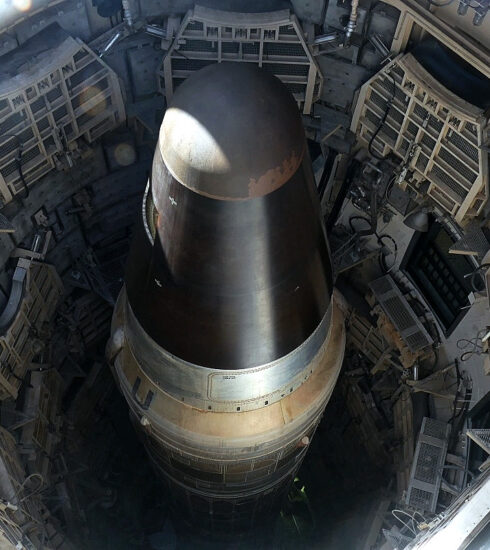The Tactical Art of Timing
This intel aims to dissect the critical importance of timing in tactical situations, lending insight into the various elements that come together to forge this indispensable skillset.
In the high-stakes world of covert operations and tactical warfare, timing isn’t merely a matter of chance; it is an art form that, when mastered, can be the difference between mission success and catastrophic failure.
Whether it’s the precise moment to infiltrate a high-security compound, the window of opportunity for exfiltrating sensitive information, or the split second that separates a clean kill from mission compromise, timing is everything.
The Backbone of Timing
Before one can even think about timing, situational awareness must be second nature. As any seasoned operative knows, understanding the lay of the land is pivotal. You need to be acutely aware of your environment, the enemy’s movements, and even the psychological state of those around you.
This keen sense of awareness serves as a foundation, upon which timing decisions are made. An effective operative constantly processes this data in real-time, using it to gauge the optimum moment for action.
The Value of Precision
In tactical scenarios, even a minor deviation from the calculated timing can result in dire consequences. The margin for error is often nonexistent. A late entry can alert guards, a delayed trigger pull can miss a once-in-a-lifetime shot, and tardiness in communications can lead to lost opportunities or worse, compromised assets. Precision is the thread that stitches the fabric of successful operations together, and it’s non-negotiable.
Phases of Operations and Timing
Planning Phase
The planning phase is where the initial groundwork for timing is laid. Intelligence is gathered, resources are allocated, and a timeline is established. Reconnaissance operations may be carried out to validate the timing assumptions made during planning. The planning phase is crucial because a flawed plan, regardless of execution, almost always guarantees failure.
Execution Phase
The execution phase is the real-time application of the planning and training that preceded it. This is where the tactical art of timing truly shines. It involves a dynamic assessment of unfolding events, requiring swift adjustments as the situation dictates. Any experienced operative will confirm that no plan survives first contact with the enemy. Therefore, flexibility in adjusting your timing based on evolving circumstances is paramount.
Debriefing Phase
In the debriefing phase, the timing of each aspect of the operation is dissected for lessons learned. This is a critical process for not just accountability but for the improvement of future missions. Real-world experience is the most valuable form of training an operative can receive, and a detailed analysis of timing successes and failures in past operations is invaluable.
Tools and Technology
Technological advancements have afforded operatives a suite of tools that aid in perfecting the art of timing. From real-time satellite feeds to synchronized timekeeping devices and advanced algorithms predicting enemy movements, technology serves as both a force multiplier and a safety net. However, technology is a supplement, not a substitute, for honed skills and gut instinct.
The tactical art of timing is a composite of many factors: situational awareness, precision, planning, adaptability, and sometimes, a bit of good fortune. However, it’s the operative’s skill in weaving these elements together that creates a successful mission. A lapse in timing, however small, can be the chink in the armor that brings down the entire operation.
Therefore, mastering this art is not just advisable; it’s essential for anyone serious about the business of covert operations and tactical engagements.
[INTEL : The Tradecraft of Timing]
[OPTICS : Undisclosed, France]







